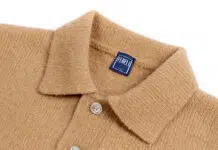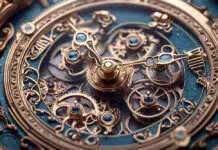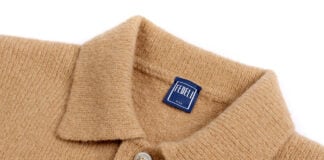“Those jeans look good on you.”
At any age, we all want to hear that.
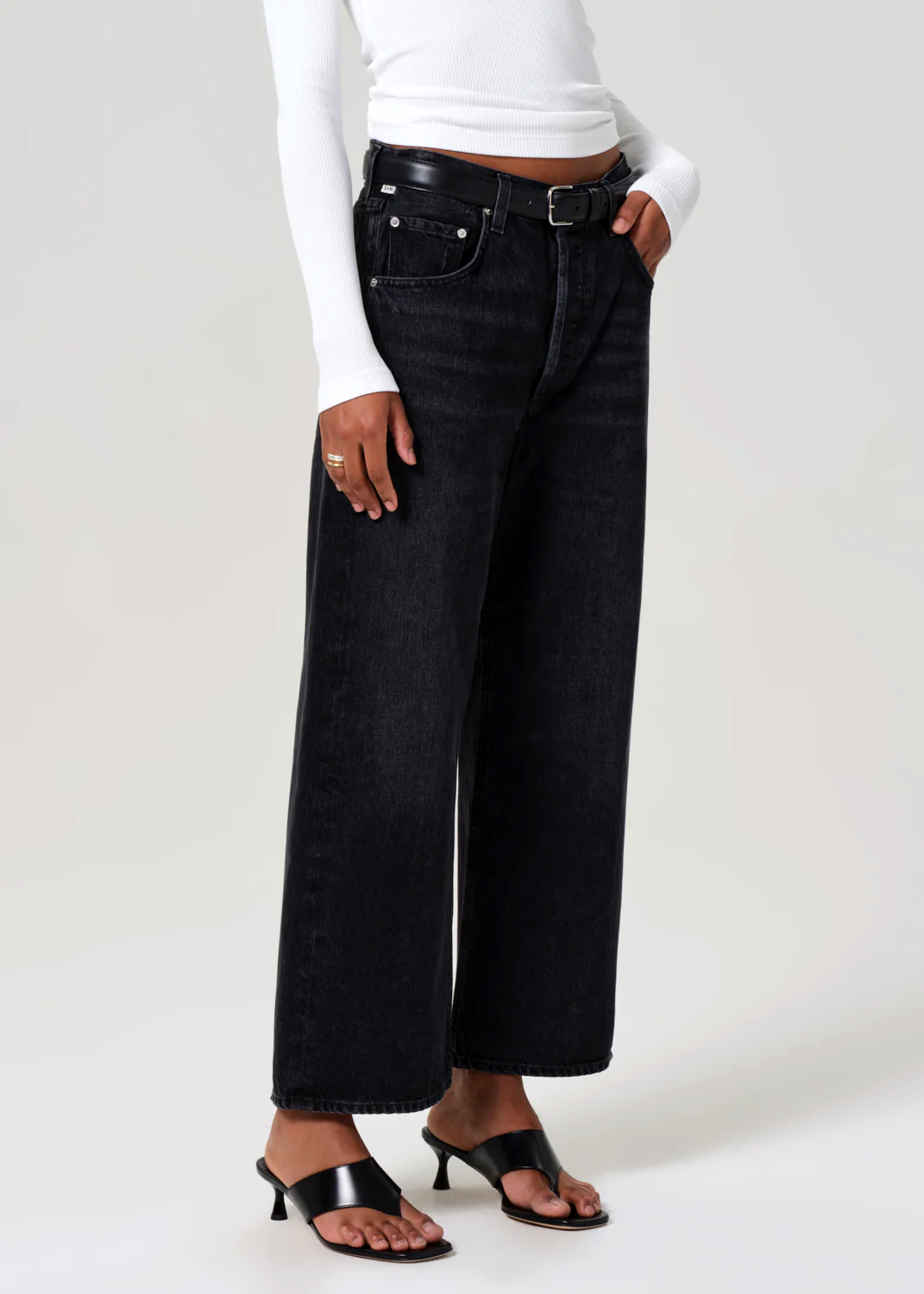
Although maybe not: “Those wide lego gaucho jeans look good on you”
LA’s Citizens of Humanity still leads the way in luxury, ultra-chic, ultra-sustainable jeans.
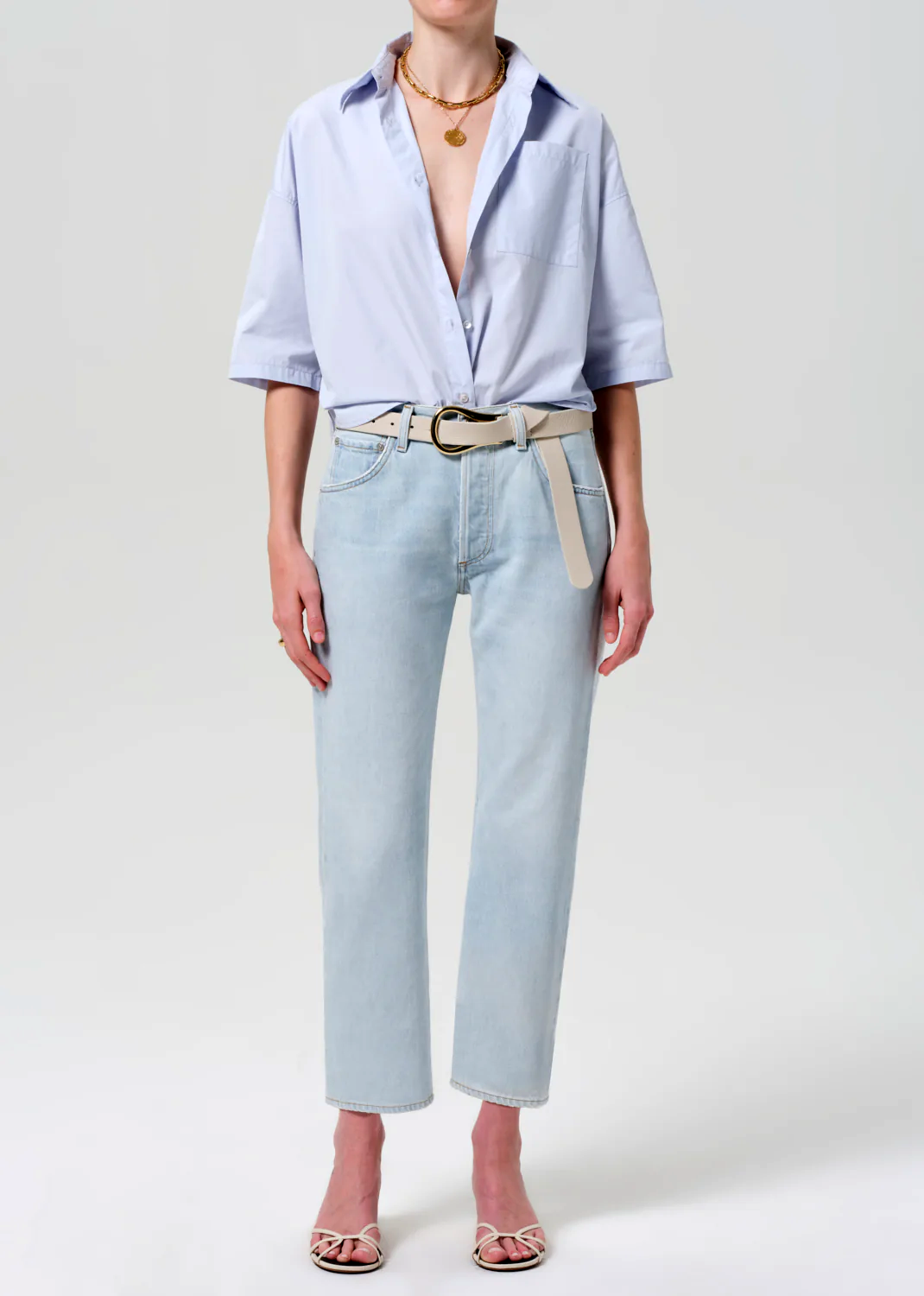
99% of all colors rely on fossil resources. The textile manufacturing industry uses 2 million tons of dyes annually. The Citizens of Humanity Group integrated Eco-Indigo into its production processes. Eco-Indigo is an innovative bio-indigo dye created by Pili, a French biochemicals company.
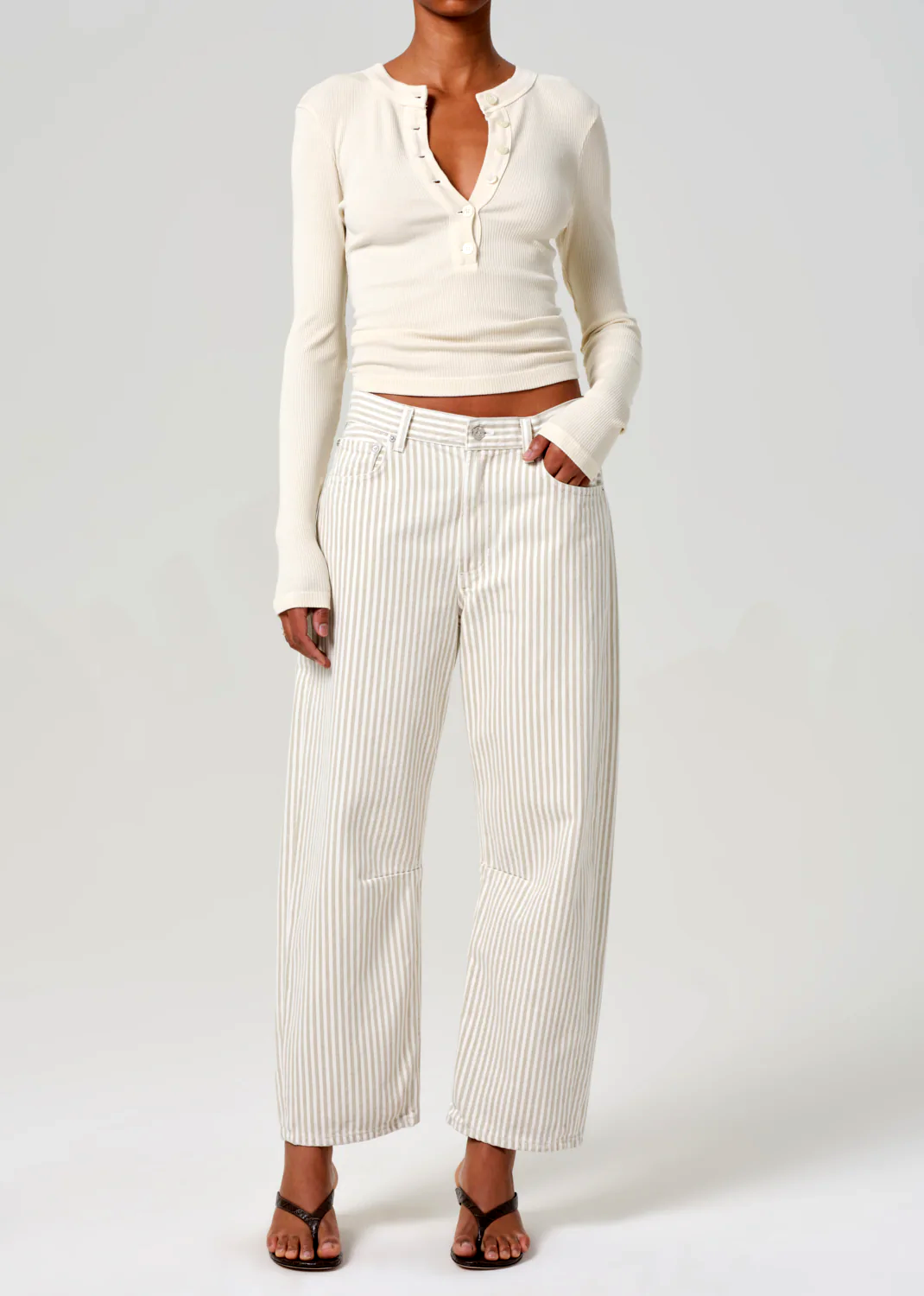
Citizen Of Humanity is built around “an elevated style that exudes femininity, naturalness, and a sophisticated ease”. Its range of $300-400 jeans includes Sloane Skinnies, Gauchos, Ayla baggies, regenerative cotton Relaxed Miros, and Isola mid-rise Cropped Boots.
These days, men are allowed to be distressed. They are also allowed to have a floating crotch. These days, whiskers are acceptable and encouraged on both men and women.
Modern women can afford to be frayed around the edges and the knees. They can be barrel-legged as they like or as skinny as they want to be. It’s almost a fashion imperative for a woman to look bleached. washed out and faded. Women can also now have a variety of boyfriends, Mothers, and Moms.
A woman can look very attractive in a pair of horseshoes.
Jeans are the backbone of every wardrobe and the casualwear mainstays of every closet. It’s not all Levi’s and Lee’s anymore.
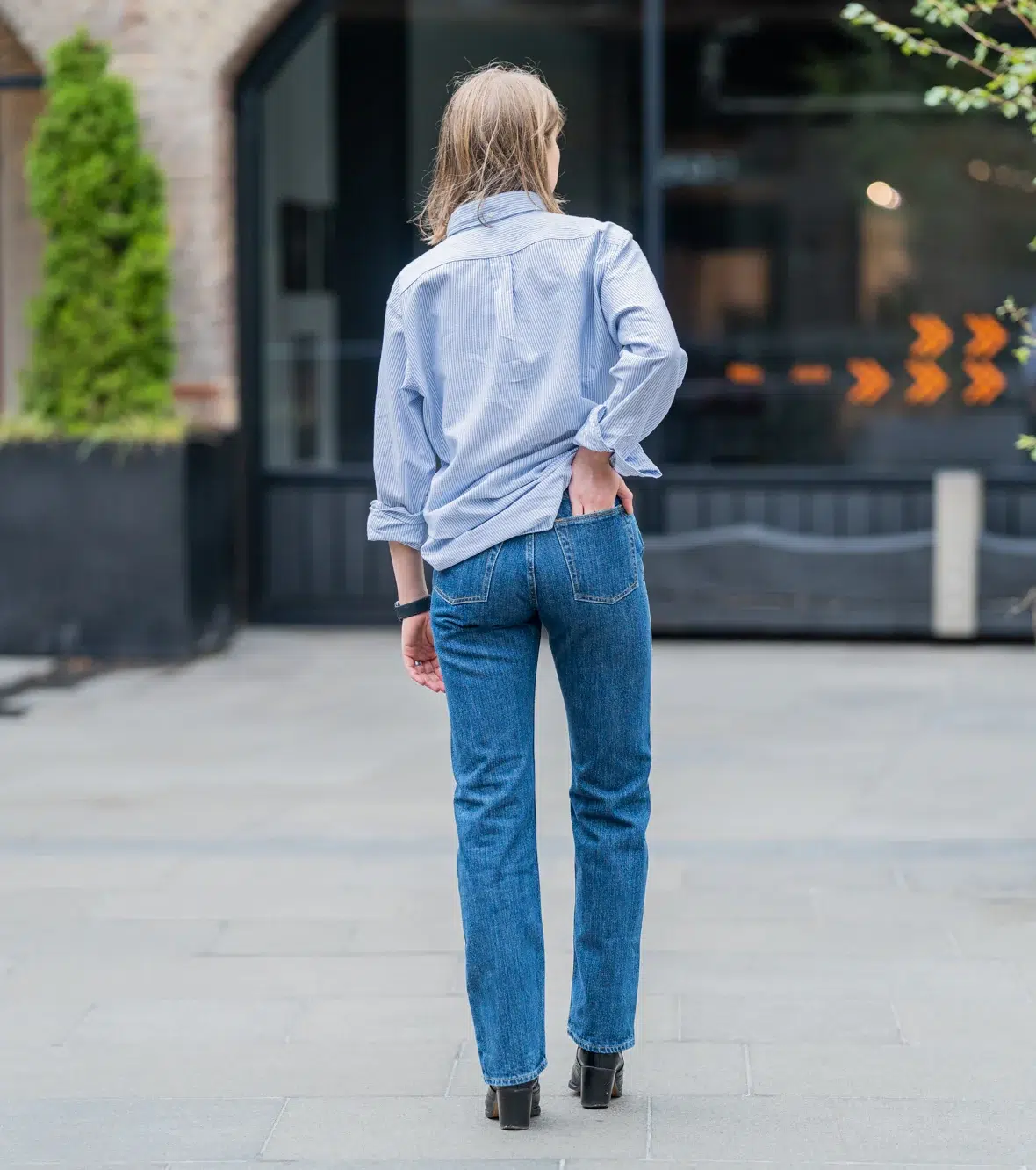
If you are American, you don’t have to be a Good American, although it helps. Especially around the rear. In a cinchy pair of Bone 001, cool iron Good American cropped Palazzos, or a Black Horse E10 cut designed to curve over the hips to allow for a close fit through the waist and hip, and suitable for all body shapes. Black Horse London is the only specialist jeans shop.
But there is Reformation and Turkish indigo denim, Gritty Jacksons, as well as all-day Hudson Hollies, flea market Madewell stovepipes, $ 150 Bottega Veneta pinchwaisters, Ulla Johnson Genevieves, CURVYs, Tomcats, Doozies, Agoldes, Spanx, Rag & Bones, Emma Grede’s Good Americans, her husband’s Jens Grede’s Frames, Free People and their Firecrackers.
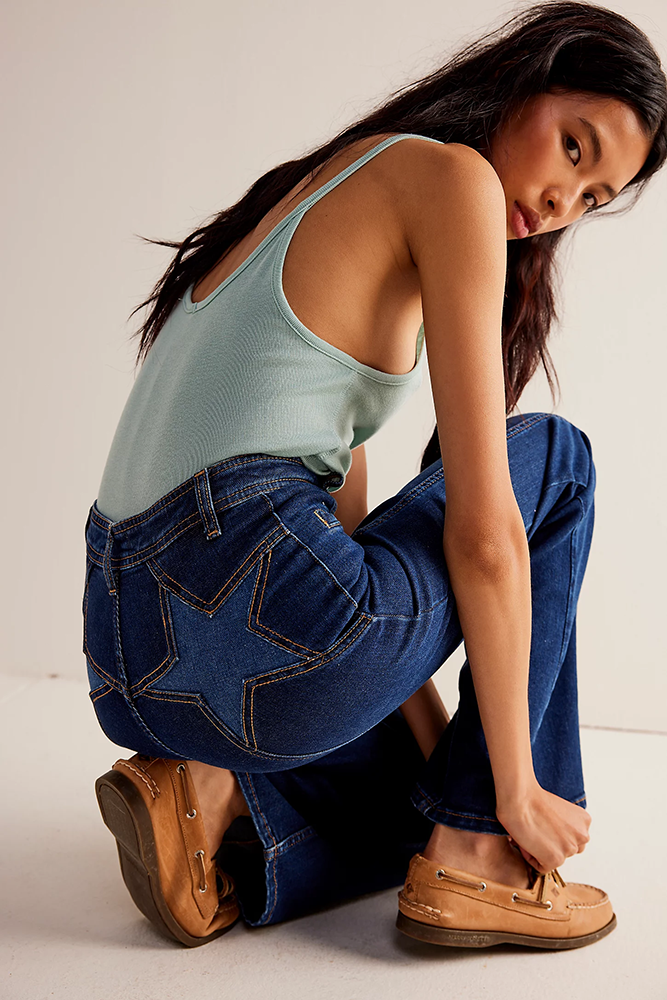
In Philadelphia the 1970’s, Dick Hayne opened his Free People store. In 1984, he launched the Free People label, shedding the youthful image for one for all ages, shapes, and sizes. But the same appreciation of style. Free People now has four wholesale showrooms – in New York, Los Angeles, Chicago, and London and sells in over 1,400 specialty stores worldwide. Nordstrom and Bloomingdale’s have created in-store concept shops. Free People’s first boutique opened in 2022 in Paramus, New Jersey. Cool lines include Love Bomb flares, Dirty Secrets, and Striped Slims.
Originally for miners, blue jeans were patented by Reno, Nevada, tailor Jacob W Davis and German-born dry goods salesman Levi Strauss of New York, Louisville, Kentucky, and San Francisco in 1873. Genoa (Genes in French) in Italy and Nimes in France claim to be the birthplace of the jean. Sailors in the Genoese Navy were issued with fustian jeans. Distressed denim emerged from the 70s Punk Movement. The early 80s saw “stone washing” developed by GWG (Great Western Garment Co.) and Canadian Donald Freeland. The utilitarian garment has become “transitional wear” and acceptable cocktail-hour attire. Christina Aguilera, Jennifer Lopez, and Paris Hilton popularized the Y2K style.
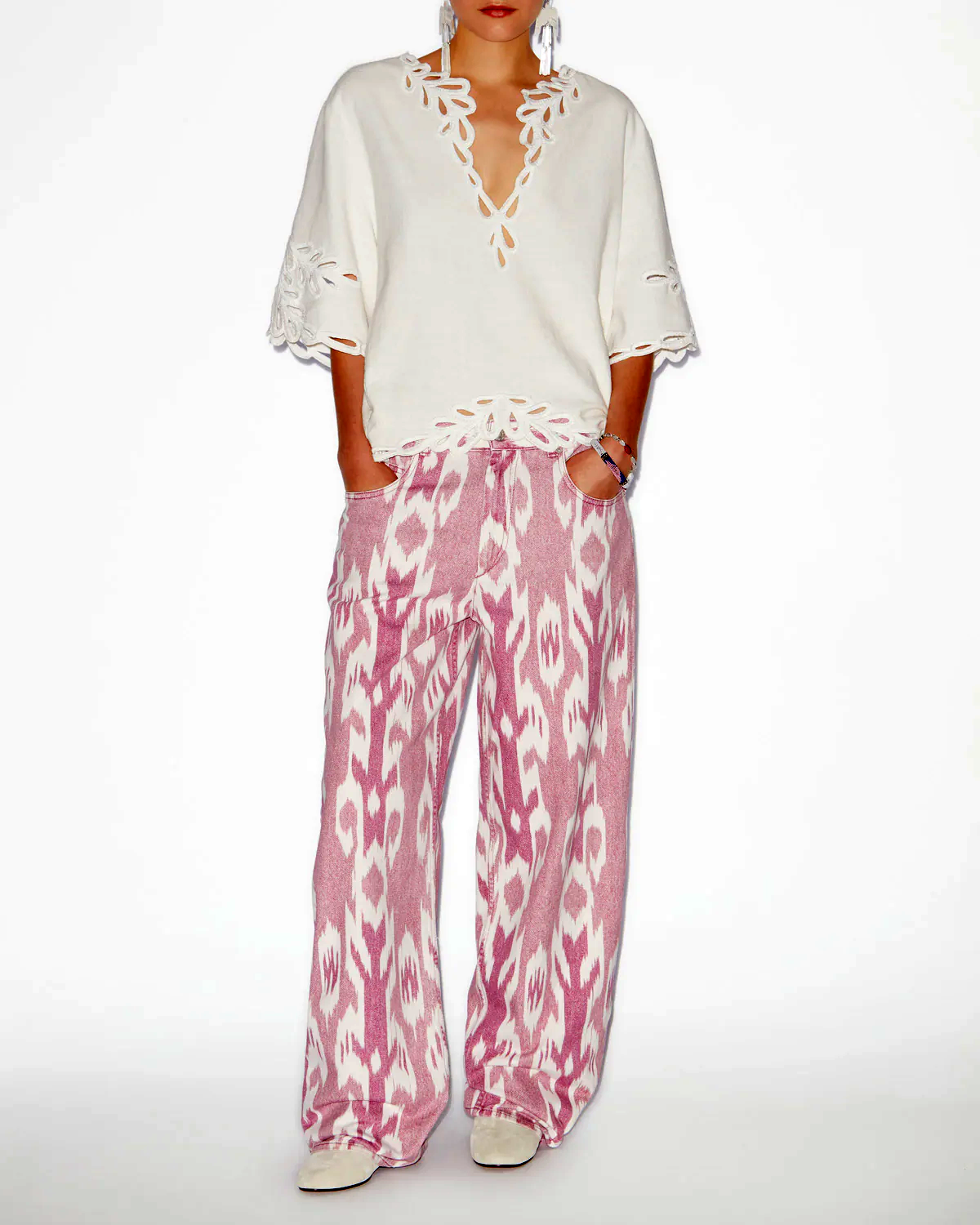
Now, we have Lean Dean Nudies, The Row Rosses, whiskered Neighborhoods, Drake’s blacks, Californian Frames, as-worn-by-Harry-Styles ultra-wide Milly Goddards, Justin Bieber-esque low-rise skaters, All_Saints Loose Lennies, Burberry Blues, Workers Club 007s, Reiss Bishopgates, French APCs, Gucci lasered Double Gs, Big John Buckaroos, Fear of GHd greys, Jonny Johannsen’s Stockholm-based Acne Studios (A To Create Novel Expressions), Han Ates, and Isabel Marchant with its pink Joanny loose fit denim ikat jeans.
But Japan remains the heart of warp and weft street visuals and the hard-wearing, hard-working but elevated urban and farmland aesthetic. High-quality Japanese denim (a type of woven twill fabric, usually cotton) is considered the best because it’s woven on old shuttle Toyoda looms and made using premium fabrics and natural indigo dyes. Also called self-edge, a selvedge end is tightly woven on both sides of the fabric, and it prevents the denim from unraveling.
Major players are Oni, Kapital, Edwin, Tohri Nogami’s Samurai, the bikers’ favorite heavyweight and high contrasts Iron Heart, Zimbabwean cotton Momoto, Sugar Cane & Co, which incorporates eco-friendly sugar fiber into its cotton fabric blend for uneven texture and slubby look, Nagano-based Flathead and Tanuki with its unsanforized denim–denim which has been pre-shrunk, fixed, or shrunk. Big John, founded in 1996, was the first to produce 100% Japanese denim jeans.
“The Osaka Five” brands quick-to-fade-quick-to-become-lived-In Denime, the Shiotani twins’ Warehouse, Mikiharu Tsujita’s Full Count (now out of Okayama), Yoshiyuki Hayashi’s Evusi (named after the Japanese god of prosperity), Studio L’Artisan (the first to make shuttle loom-woven hank-dyed jeans in Japan in 1979) is named because its founder, Shigeharu Tagaki, worked in Paris for Pierre Cardin and wanted to introduce his home country to the French capital’s haute couture ethos.
Heritage jeans will forever be super cool. Some are even wicked.
But everyone needs at least one pair of Citizens of Humanity in their wardrobe. There is nothing better than knowing that your hips, thighs, and bottom have passed through the hands of forty skilled craftsmen and have been approved.


